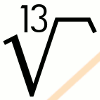

 |
 |
|
|
Magnetic Striker
Ringing a Bell, Differently
You know the game of High Striker?
Maybe you know it by the name Kop van Jut (Dutch), Hammerslag
(Danish), Hau-den-Lukas (German). What when you do not have a hammer
and are into electronics?I know, not having a hammer, the common tool for all serious solutions, is unlikely, but being into electronics demands the thought being thought.  The setup is simple. Combining a poor coil-gun, a small steel ball and a
vertical tube, topped with a bell.
The setup is simple. Combining a poor coil-gun, a small steel ball and a
vertical tube, topped with a bell.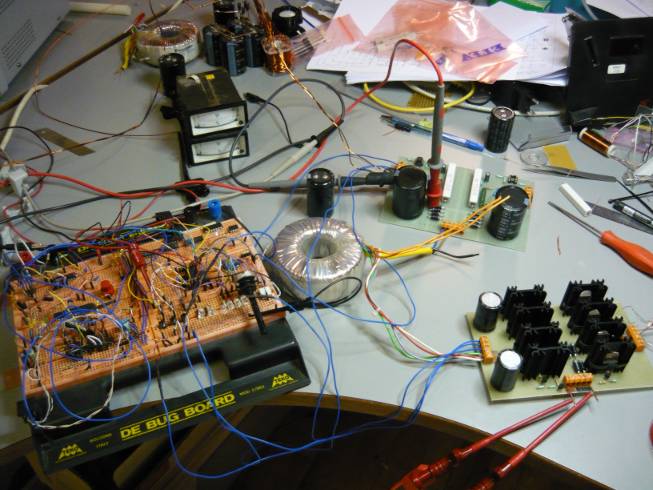 There are two coils. One at the bottom and one in the middle. The bottom coil is tuned such that the ball cannot reach the bell. You must activate the middle coil at the right time to forward the ball to the top. With the first game-play, Power-mode, you set the power for each coil and manually push two buttons at the correct interval. The second game-play, Time-mode, you set the power of both coils and tune the activation interval. Then you push a Big-Red-Button to see where you ended. The idea works after doing some testing. Two big PSUs charge a set of capacitors with 15..30 Joules in under one second. The PSUs are PWM controlled with a small PIC processor and use a transformer in reverse (the low voltage secondary is the PSU's PWM primary). A Thyristor trigger releases the capacitor charge into the coil. The coil and capacitor are tuned to optimize the ball acceleration, which gives a 500A peak current over a 4ms pulse. Of course, when designing such a thing, it becomes clear that it must be presented in a juicy box. The tube with the ball is 1m high and there must be room for power electronics, transformers and control logic. Buttons must be placed and lights must blink. The whole case is to be made of 3 and 5mm acrylate plates screwed to 10x10mm acrylate rods to stabilize the case. A mockup of a case made with paper is a nice old-school way to visualize the design. 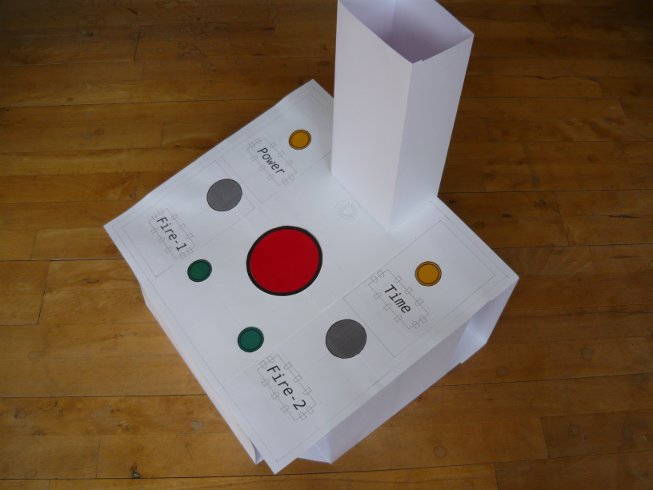 The yellow buttons set the operating mode, either Power- or Time-mode. The green buttons fire each coil in Power-mode and the Big-Red-Button fires the whole thing in Time-mode. Two big knobs, with encoders, set the power and/or interval. Feedback is done with lots and lots of LEDs. The control panel, as shown in the paper mock-up, includes 8mm acrylate plates with engraved text. The text is lit from the side with RGB LEDs to make pretty coloring and plenty of possibility to show-off blinkenlights. 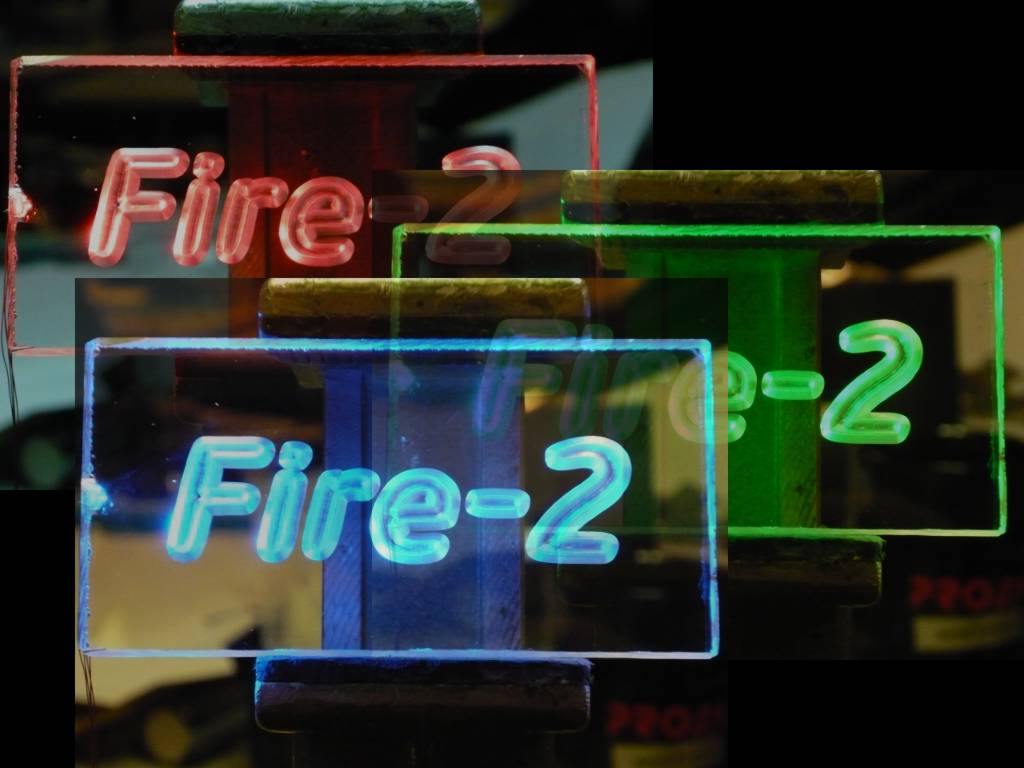 There are 24 Red/Green LEDs at each side of the tube. They indicate the strength/time setting as tuned on the encoder-knobs and are used to indicate the ball's final position. They can also be used as blinkenlights ;-)  The ball's speed is measured along the tube with two sets of IR-sensors "looking" through the tube. They are placed 2cm apart and the delay between them is calculated into the speed (and then calculated to where the ball will end). The IR sensors are done and work: 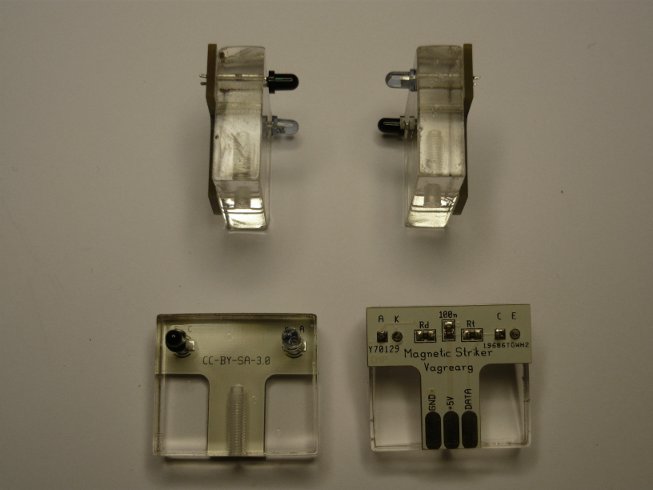 The LEDs on the sign sides are made too (need yet to be glued): 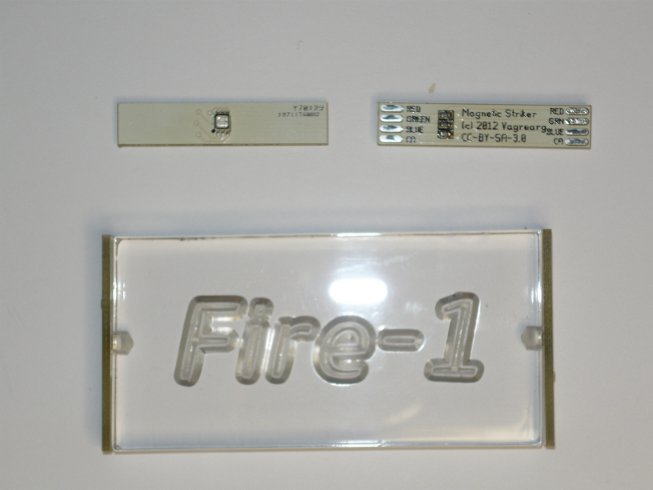 A set of PCB board designs for the control and PSU parts:
Now how to make a kit...
Posted: 2012-06-06 |
| Overengineering @ request | Prutsen & Pielen since 1982 |